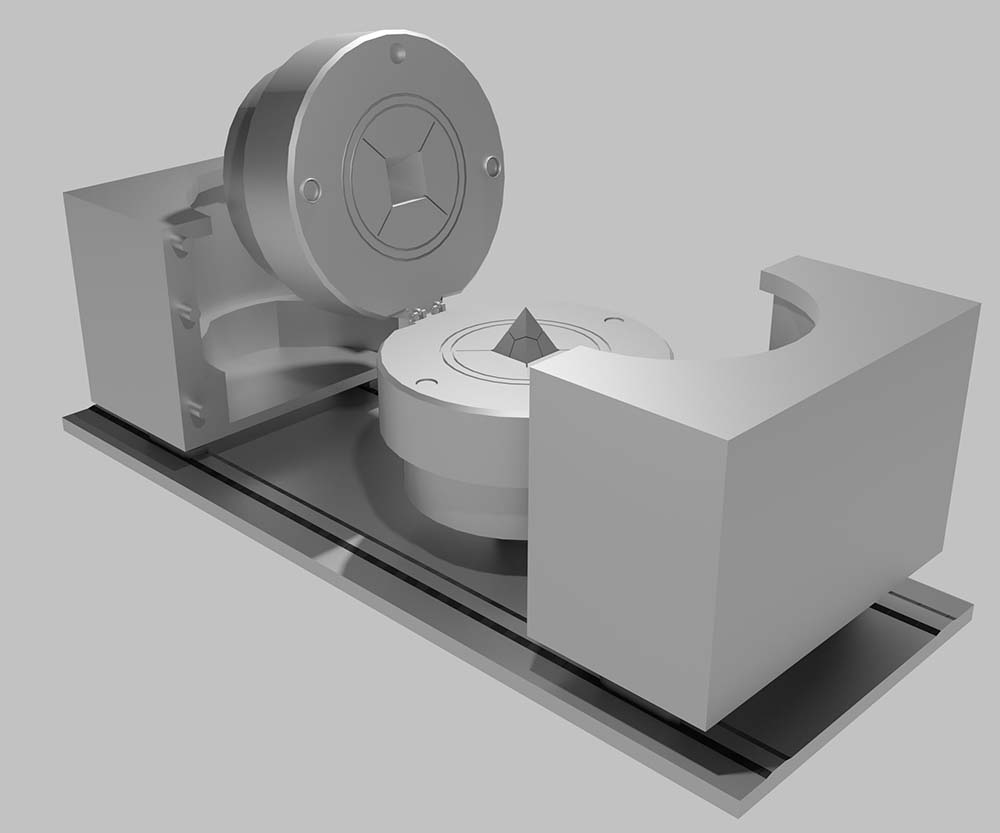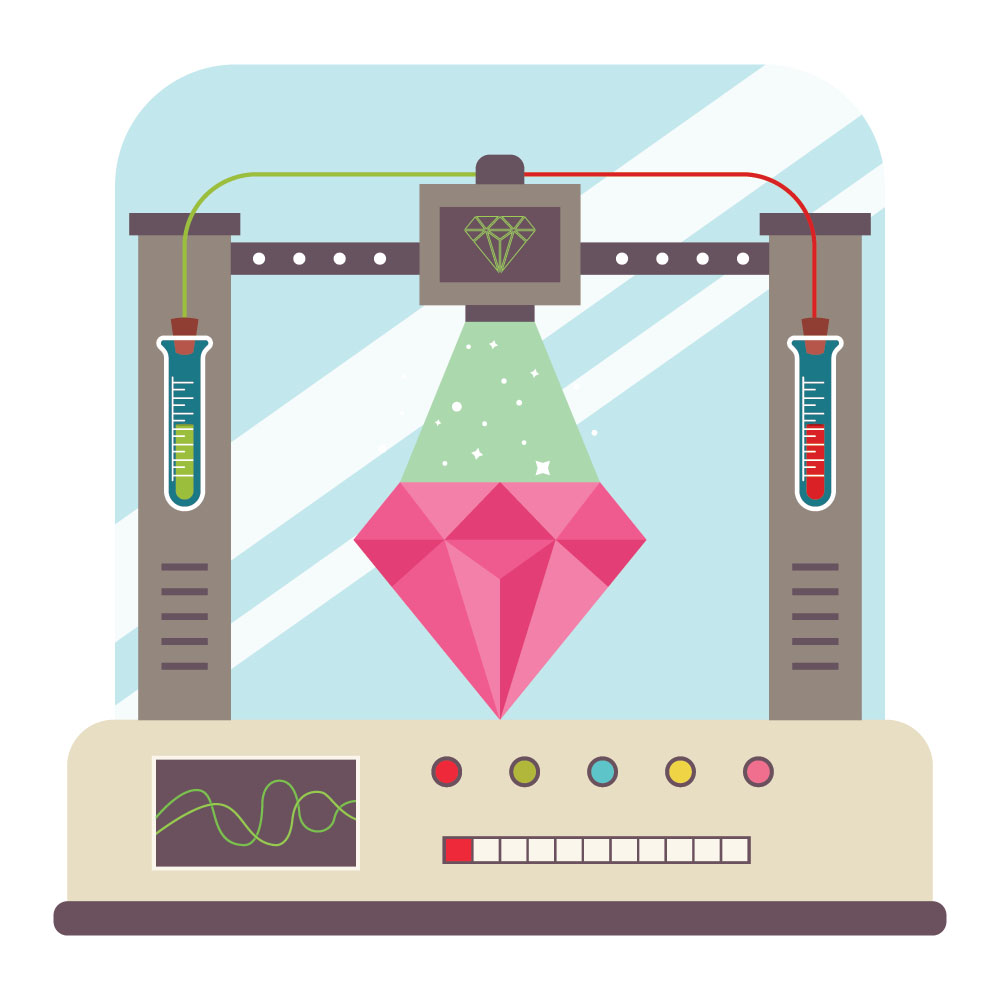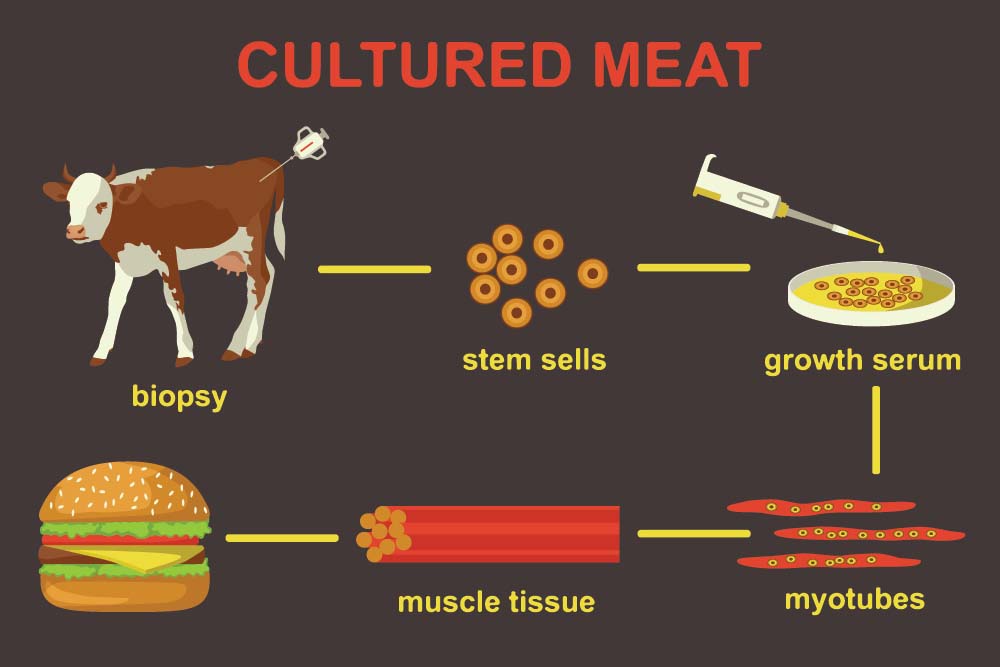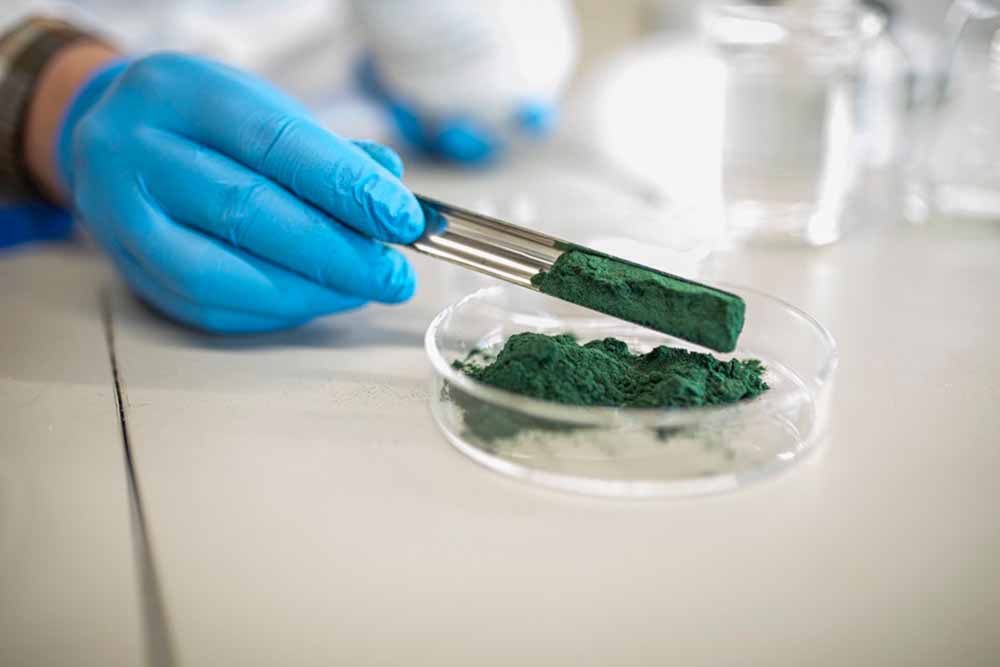What are Lab-Grown Materials?
Lab-grown materials have emerged as a game-changer in various industries, offering sustainable alternatives to traditional production methods. From fabric to leather to meat, these materials are revolutionising the way we manufacture products. Unlike conventional materials, which often rely on resource-intensive processes and contribute to environmental degradation, lab-grown materials are produced using advanced biotechnology techniques in controlled laboratory settings.

Image used for representational purposes only.
Environmental Impact:
One of the primary advantages of lab-grown materials is their significantly reduced environmental impact compared to conventional counterparts. Traditional production methods for textiles, for example, often involve extensive water usage, chemical treatments, and energy consumption. In contrast, lab-grown fabrics are produced using fewer resources, emit fewer greenhouse gases, and generate less waste. Similarly, lab-grown leather eliminates the need for animal farming, reducing methane emissions and deforestation associated with traditional leather production.
Resource Efficiency:
Lab-grown materials are also more resource-efficient than their conventional counterparts. By cultivating materials in controlled environments, manufacturers can optimize resource utilization, minimize water usage, and eliminate the need for agricultural land. Additionally, lab-grown materials require fewer inputs such as pesticides and fertilizers, reducing pollution and ecosystem degradation. This resource efficiency not only mitigates environmental harm but also contributes to the long-term sustainability of production processes.
Applications Across Industries:
1. Fashion:
Lab-grown textiles and leather are transforming the fashion industry by offering cruelty-free and eco-friendly alternatives to conventional materials. For example, companies like Bolt Threads and Modern Meadow are producing lab-grown silk and leather, respectively, using bioengineering techniques. Not to mention the growing lab-grown diamond industry that’s taking over the fine jewellery space.
Find out all about lab-grown diamonds here

Image used for representational purposes only.
2. Food:
Lab-grown meat, also known as cultured meat or clean meat, is gaining momentum as a sustainable alternative to conventional livestock farming. Companies like Upside Foods are producing lab-grown beef, chicken, and pork by culturing animal cells in bioreactors. In India, Hyderabad-based Centre for Cellular and Molecular Biology (CCMB), and National Research Centre on Meat (NCRM) are partnering to produce cultured meat as well. Lab-grown meat addresses various concerns associated with conventional meat production, including animal welfare, environmental degradation, and foodborne illnesses.

Image used for representational purposes only.
3. Construction:
Bio-fabricated materials derived from microbial fermentation processes are being developed as alternatives to traditional construction materials like concrete and steel. These materials exhibit properties such as high strength, durability, and thermal insulation, while also being biodegradable and carbon-neutral.

Image Source: Stupiddope.com
4. Biomedical Industry:
Researchers are using lab-grown scaffolds made from biocompatible materials like hydrogels and biopolymers to support the growth of cells and tissues for organ regeneration and transplantation. These scaffolds mimic the structure and properties of native tissues, offering potential treatments for injuries, diseases, and organ failure.
Challenges and Limitations:
Despite their potential, lab-grown materials face several challenges and limitations. Scaling up production to meet commercial demand remains a significant hurdle, as current technologies may not be cost-effective or efficient enough for mass production. Additionally, regulatory frameworks governing lab-grown materials vary by region and industry, posing barriers to market adoption. Moreover, consumer acceptance and perception play a crucial role in determining the success of lab-grown materials, as misconceptions about safety, quality, and authenticity persist.